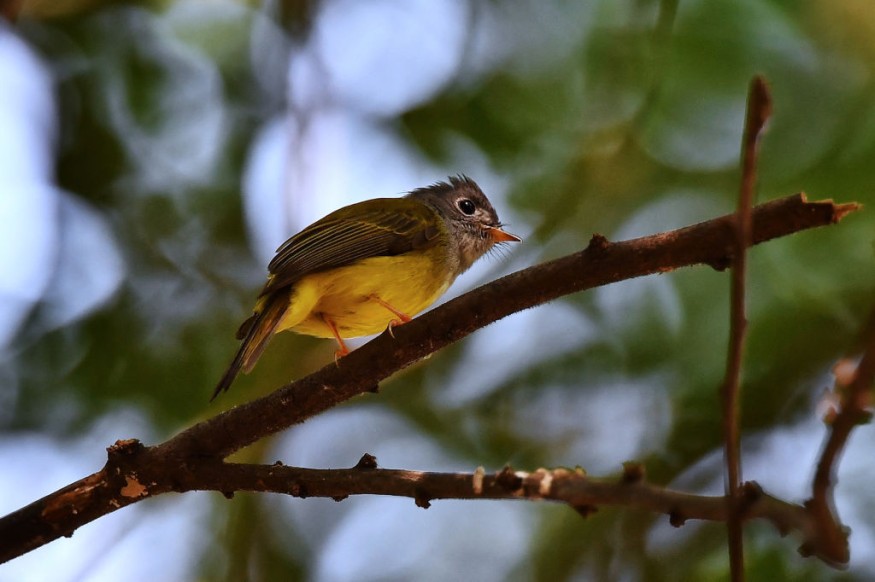Perching birds, or passerines, are the most diverse group of birds in the world, with over 6,000 species. They have fascinated biologists for centuries, especially those who live on islands and show remarkable adaptations to their environments.
Charles Darwin famously collected 18 different species of perching birds from the Galapagos Islands, which later became known as "Darwin's finches".
These birds have different beak shapes and sizes that reflect their diets and ecological niches.
Darwin's finches are often considered a classic example of adaptive radiation, a process where a single ancestral lineage rapidly diversifies into many new species that occupy different ecological roles.
A new research on perching birds

However, a recent study by evolutionary biologists Donald Miles, Robert Ricklefs, and Jonathan Losos challenges the idea that some perching birds are exceptionally diverse due to adaptive radiation.
The study, published in the Proceedings of the National Academy of Sciences (PNAS), asks the question, "How exceptional are the classic adaptive radiations of passerine birds?"
The researchers used an extensive data set on passerine bird morphology accumulated by Ricklefs to compare the diversity of island and continental perching birds.
They also used statistical methods to test whether some clades (groups of related species) show evidence of exceptional diversification or not.
Island vs. continental perching birds
One of the main hypotheses that the researchers tested was whether island perching birds are more diverse than continental ones.
This hypothesis is based on the assumption that islands offer more opportunities for speciation and adaptation due to their isolation, reduced competition, and environmental heterogeneity.
However, the researchers found that this was not the case. They analyzed 158 clades of perching birds and found that island clades were not more diverse than continental ones in terms of body size, beak shape, or ecological traits.
They found that some continental clades, such as the New World warblers and the Old World babblers, were among the most diverse ones.
The researchers also found that island perching birds did not show faster rates of diversification than continental ones.
They used molecular phylogenies (evolutionary trees based on DNA sequences) to estimate how quickly new species emerged in different clades.
They found that island clades did not have higher speciation rates than continental ones, and that some island clades had lower speciation rates.
This suggested that island perching birds are not more prone to adaptive radiation than continental ones.
Exceptional vs. common perching birds
Another hypothesis that the researchers tested was whether some perching bird clades are exceptionally diverse due to key innovations or environmental changes that triggered adaptive radiation.
This hypothesis is based on the assumption that some clades have unique features or circumstances that allow them to exploit new resources or habitats and diversify rapidly.
However, the researchers found that this was also not the case.
They used a statistical method called SURFACE to identify shifts in diversification rates across different clades, and found that most clades did not show any significant shifts in diversification rates and that those that did were not more diverse than expected by chance.
The researchers also used another statistical method called OUwie to test whether some clades have evolved faster or slower than others in terms of morphological traits.
Most clades did not show any significant differences in evolutionary rates and that those that did were not more diverse than expected by chance, according to the study.
This suggested that most perching bird clades have diversified at similar rates and under similar constraints.
The researchers concluded that there is no evidence for exceptional adaptive radiation in perching birds and that most clades have diversified through a common process of evolution.
They proposed an alternative possibility: that morphological diversity in perching birds is largely determined by random factors such as genetic drift, mutation, and recombination, rather than by natural selection and adaptation.
Lastly, they argued that this possibility is consistent with recent findings in other groups of organisms, such as mammals and plants.
© 2025 NatureWorldNews.com All rights reserved. Do not reproduce without permission.





